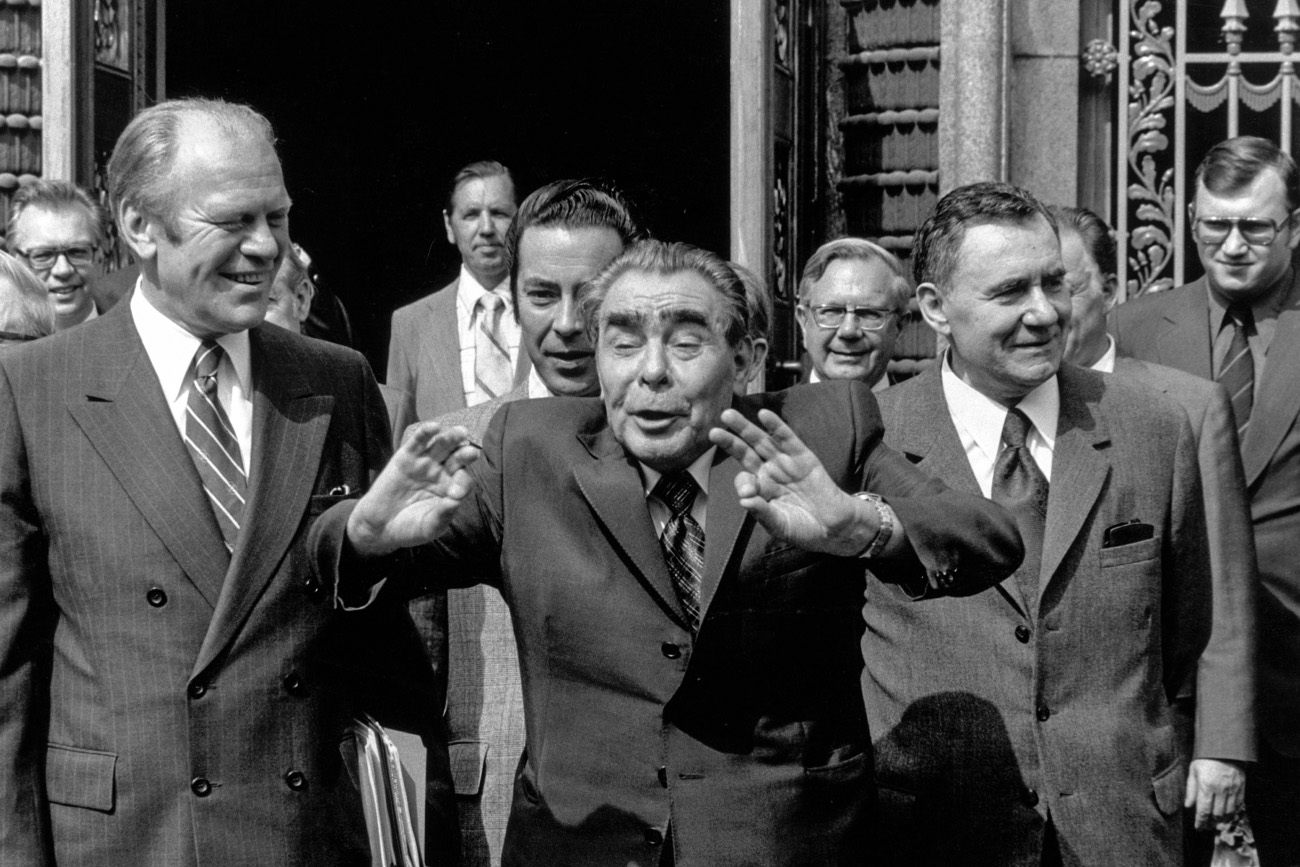
Magnetism makes waves in Winterthur

A new exhibition at Winterthur's Technorama is exploring the magic of magnetism. Dozens of exhibits allow visitors to see magnetism at work and have hands-on experience of its remarkable qualities.
“Our civilisation would not be at the point where it is today without magnetism,” said museum director, Remo Besio. “Just think of your credit card, your cellular phone or the whole of electricity. There would be no generators, no radio waves, no radar. Hardly any technology could exist without it.”
The ancient Greeks knew about stones with the power to attract iron but it wasn’t until the 19th century and the work of the English physicist and chemist, Michael Faraday, that the potential of electromagnetism became apparent.
In Winterthur, visitors can listen to objects becoming magnetised, see how temperature affects magnets, and how magnetism makes electricity.
At the start of the exhibition, tiny magnet trees covered with very fine iron particles dance to different music, creating beautiful patterns as they move simultaneously.
The apparatus is computer controlled. Under the permanent magnets, there are small batteries of electromagnets which can be individually programmed in their strength, frequency and phase shift.
Other displays involve ferro-liquids – mixtures of small, ferromagnetic particles, suspended in oil.
“These are the smallest magnets on earth,” said Besio. “You could place 30,000 ferro-liquid particles on the tip of a pin.”
The exhibition leaves visitors reflecting on another intriguing property of magnets. Whenever a magnet is broken, a north pole will appear at one of the broken faces and a south pole at the other, so that each piece has its own north and south poles.
It is impossible to isolate a single magnetic pole, regardless of how many times a magnet is broken or how small the fragments become. Scientists still debate whether a single magnetic pole, called a monopole, can ever exist.
The magic of magnetism will appeal as much to adults as to children. What Technorama has achieved is to reduce the physics of magnetism to its bare basics, understandable for everyone and yet not too trite for the expert.
by Vincent Landon

In compliance with the JTI standards
More: SWI swissinfo.ch certified by the Journalism Trust Initiative





































You can find an overview of ongoing debates with our journalists here . Please join us!
If you want to start a conversation about a topic raised in this article or want to report factual errors, email us at english@swissinfo.ch.